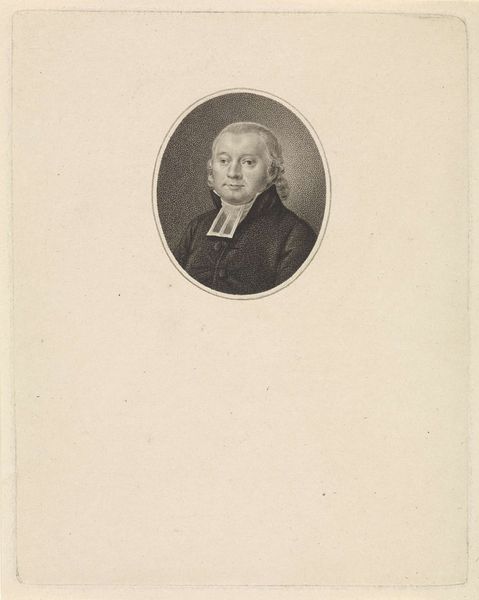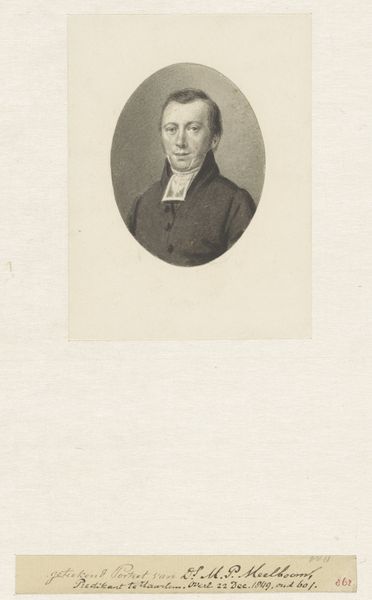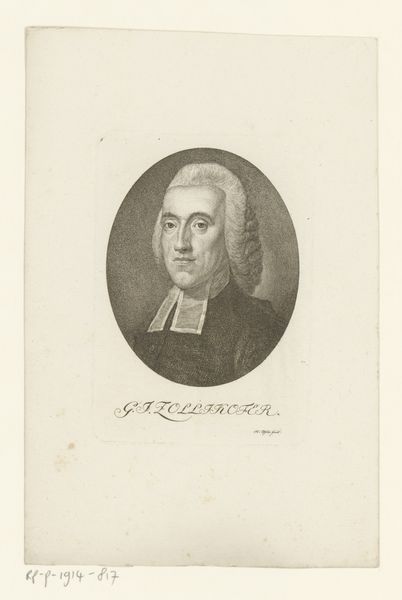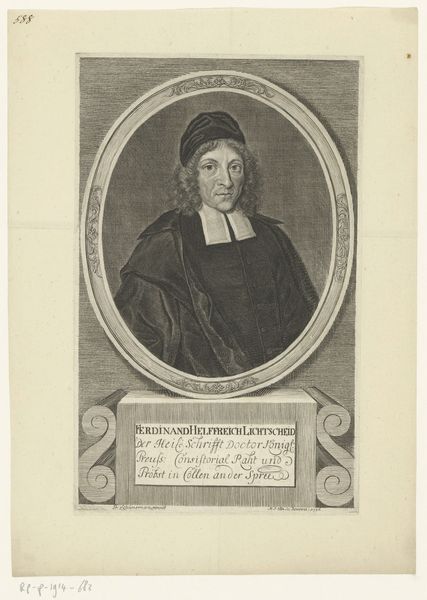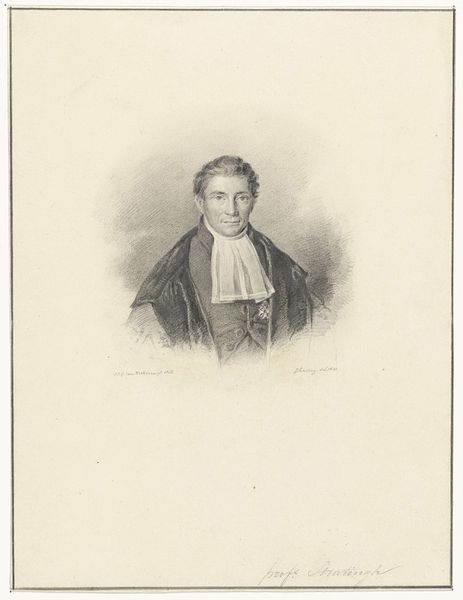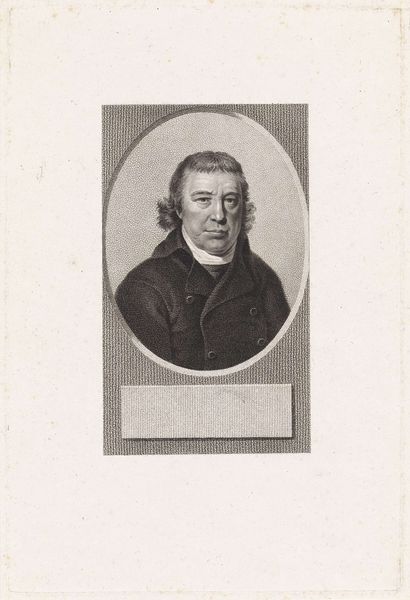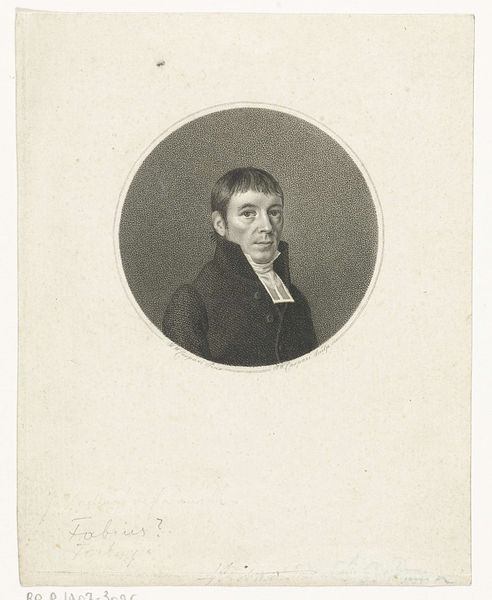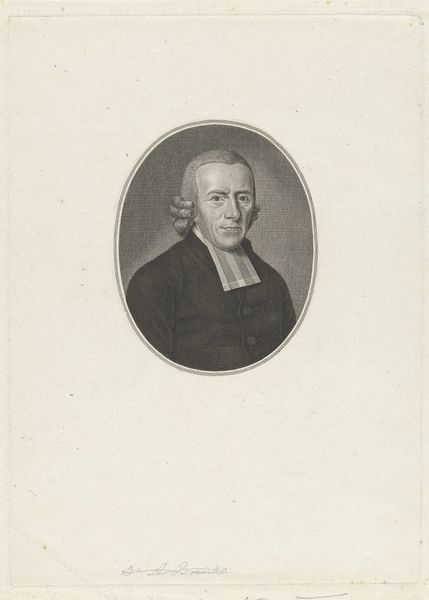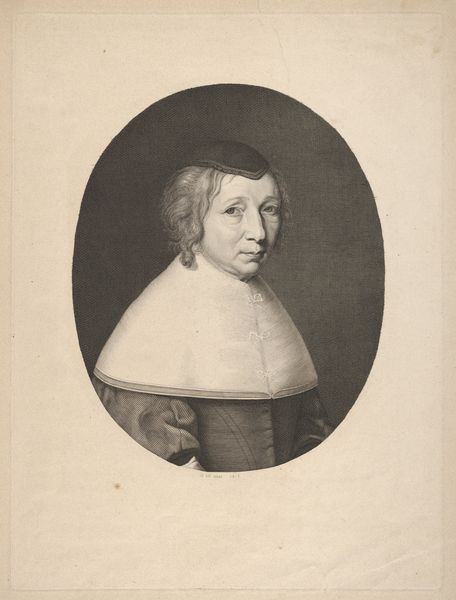
engraving
#
portrait
#
neoclacissism
#
old engraving style
#
historical photography
#
history-painting
#
engraving
#
realism
Dimensions: height 250 mm, width 195 mm
Copyright: Rijks Museum: Open Domain
Editor: So, here we have *Portret van Henricus Oort*, an engraving from 1804 by Jan Willem Caspari, housed here at the Rijksmuseum. It feels very formal and a bit austere. What stands out to you about it? Curator: The framing itself speaks volumes. The oval, so typical of portraiture of this era, evokes ideas of classical cameos. But then consider the severe, unadorned rectangle beneath. The two shapes are a symbolic condensation; intellect supported by tradition, perhaps? Look at Oort's eyes; they don't convey religious ecstasy or theatrical zeal. He's a thinker, firmly grounded. What emotional weight do you sense behind that gaze? Editor: I guess I didn't really see the kind of tension or, maybe balance, between those two shapes! He definitely looks serious. Is that plainness of expression something new? Curator: Precisely! Gone are the flamboyant gestures of the Rococo era. Instead, Neoclassicism seeks a return to a perceived moral and aesthetic purity. And Caspari perfectly transmits the essence of Oort’s intellectualism through his attire. Note the sober clothes, but immaculately white bands at his collar, connoting an emphasis on clear thinking and sober actions. There are connections with Enlightenment ideals about individual responsibility in civic life, reflected here in the clear rendering of a public figure. What kind of archetype does this imagery build in your view? Editor: Someone respected, dependable… a pillar of society, I guess. It is quite a persuasive image. Thanks, I think I'm really starting to appreciate this work on a deeper level now! Curator: Indeed. A visual artifact preserving not just an image, but a set of aspirations for society.
Comments
No comments
Be the first to comment and join the conversation on the ultimate creative platform.

